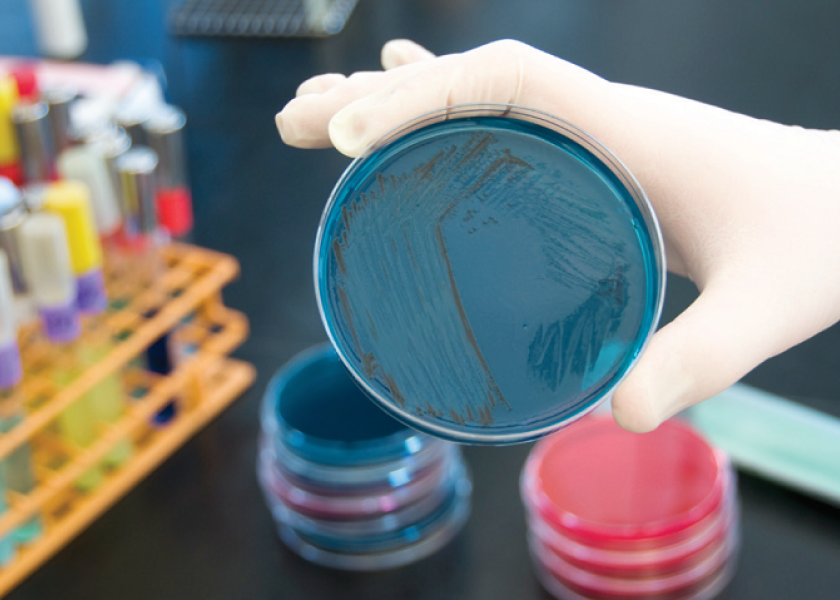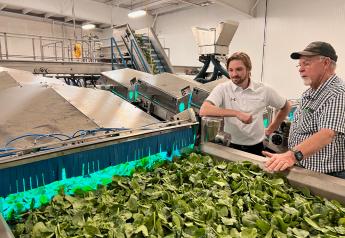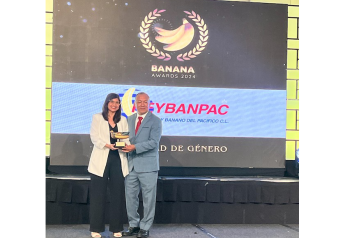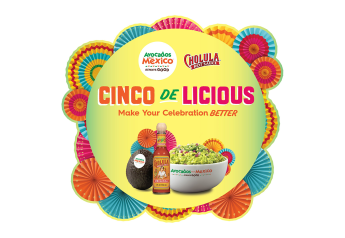Industry reacts to FDA romaine sampling plan in Yuma

The saying goes that “you can’t test your way to food safety,” but the Food and Drug Administration thinks testing romaine samples for pathogens might help it solve the riddle of what causes E. coli outbreaks linked to leafy greens.
The FDA is launching an assignment to collect romaine lettuce samples from commercial coolers in the Yuma County, Ariz., growing region during the current harvest season, according to the agency. The FDA said the samples will be tested for Shiga toxin-producing Escherichia coli and Salmonella spp. as part of ongoing surveillance efforts after the spring 2018 multistate E. coli O157:H7 outbreak of foodborne illness linked to romaine lettuce from the Yuma agricultural region. Salmonella spp. also commonly causes foodborne illness outbreaks in the U.S., which have at times been linked to romaine lettuce consumption, the FDA said.
“Testing is a good method to monitor and validate that systems are working, but statistically speaking the sampling is insignificant — the proverbial needle in a haystack,” Tim York, CEO of the California Leafy Greens Marketing Agreement, said in an e-mail.
York said FDA is under pressure by Congress, consumer groups and attorneys to prove it is doing its job to protect the public health.
As the FDA has indicated it uses local labs, York said that should hopefully mean quicker results and thus less disruption to product flows.
Action plan
The FDA said it plans to begin collecting samples of romaine lettuce from commercial coolers in February and intends to continue sampling through the end of the romaine harvest season in Yuma. The FDA assignment will focus on commercial cooler and cold storage facilities where field heat is removed from harvested romaine and where product is cold stored before processing and shipment. The focus on these sites enables the FDA to efficiently collect samples from multiple farms at centralized locations, following a similar model used during an assignment conducted in fiscal 2019, the FDA said.
Testing method
The agency plans to collect and test approximately 500 samples of romaine lettuce for this assignment.The FDA has contracted with an independent laboratory located in Arizona near the collection sites to test the samples. Using this laboratory will help to greatly reduce the time between sample collection and the reporting of the results, the agency said.
“The FDA expects to receive test results within 24 hours of the laboratory receiving the samples, which will then be relayed to the firms,” the FDA said in the release.
“FDA understands that industry may choose to hold the sampled lots pending notification of test results to help prevent potential recalls of any contaminated lettuce that could have entered commerce.”
The FDA said investigators will preannounce their visits to firms and will be outfitted with personal protective equipment and be otherwise equipped to carry out their work while adhering to state and local guidance as well as applicable CDC guidance.
The FDA said the assignment adds to other work underway in collaboration with stakeholders in Yuma to implement actions identified in the Leafy Greens Action Plan, including a multi-year study to assess the environmental factors that affect the presence of foodborne pathogens in the region.
The FDA said it will engage with industry on conducting root cause analyses for any positive samples found during the assignment.
“Root cause analyses are important in that they seek to identify potential sources and routes of contamination, inform what preventive measures are needed, and help prevent outbreaks of foodborne illness,” the FDA said.
Emily Griep, manager of food safety for the United Fresh Produce Association, said the sampling plan doesn’t surprise the industry.
FDA has had its microbiological surveillance sampling program in the past for various products, including romaine last year, she said. In addition, the FDA also indicated in its leafy greens action plan that it had the romaine sampling plan in mind.
“We had really every expectation that they would continue with those sampling plans this year,” Griep said.
The industry is glad to see the FDA sampling is being done at a later point in the supply chain, as the samples will be collected from a centralized location.
“There’s always going to be disruption to the industry whenever this type of sampling is done, but we were especially glad this time around that FDA has taken steps to address the long delays to get results, compared to previous sampling assignments,” Griep said.







